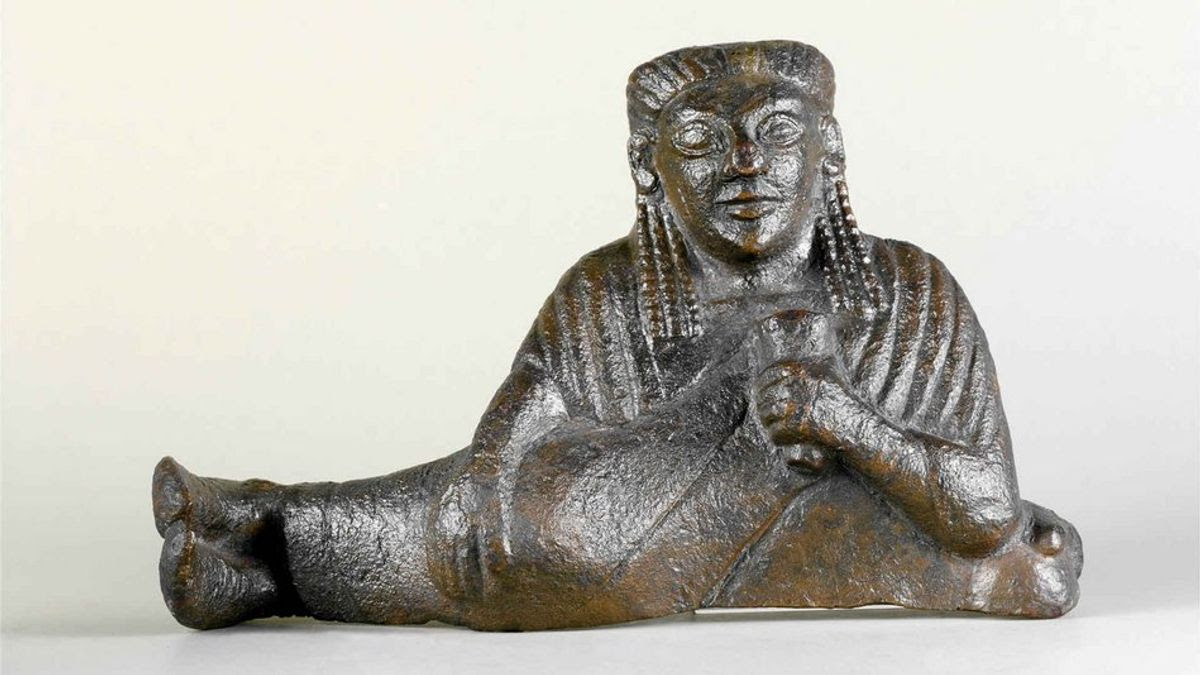Berlin museums to look into origins of archaeological collections
Moderator Msn
Berlin museums to look into origins of archaeological collections
Catherine Hickley - 17 May 2023

Berlin’s state museums are starting a systematic investigation of the provenance of the state’s archaeological collections with a view to repatriating objects that were illegally excavated or exported from their place of origin.
A pilot project involving researchers from Berlin and Turkey will examine the provenance of objects from archaeological sites at Sam’al, Didyma and Samarra that are currently located in the collections of three Berlin collections—the Museum of Islamic art, the Museum for the Ancient Near East and the classical antiquities collection, Berlin museum officials said.
Berlin’s archaeological collection is one of the biggest in the world and dates back to the 16th century. “Visitors increasingly want to know where the objects came from,” Hermann Parzinger, the president of the Prussian Cultural Heritage Foundation, told a press conference in Berlin.
Provenance research has until now focussed primarily on art potentially looted by the Nazis and colonial-era acquisitions. But research into archaeological objects is “also significant in terms of clarifying legal and ethical questions,” the Prussian Cultural Heritage Foundation says in a position paper.
In excavations in the 19th and early 20th centuries, permits for foreign teams often entailed agreements under which the uncovered items were distributed between the visiting archaeologists and the host country. But these agreements were frequently circumvented and finds illegally exported, said Christina Haak, the deputy director of Berlin State Museums.
Even in cases where such agreements were observed, some could today be viewed as the product of “asymmetrical power structures” and therefore exploitative, she said. In addition, museums paid scant attention to the provenance of objects acquired on the art market and through donations before the 1970 Unesco convention prohibiting the illicit trade in cultural heritage, Haak said.
The three archaeological sites whose objects are under investigation in the pilot project were in the Ottoman Empire: Sam’al and Didyma are today in Turkey and Samarra is in modern Iraq. The museums have received research funding of €350,000 from the German Lost Art Foundation.
“There are no specific restitution claims, but we have some suspicious cases” where objects may have been brought back from these sites to Germany in contravention of permit agreements, said Martin Maischberger, the deputy director of the classical antiquities collection.
Working with Turkish researchers will allow access to archives that are not currently accessible to non-Turks, he said. Around 8,000 photographs in Berlin archives could give vital clues as to how excavated objects were handled, Maischberger said.
The Berlin museums also plan an exhibition examining archaeological cooperation between Germany and the Ottoman Empire, he said.
